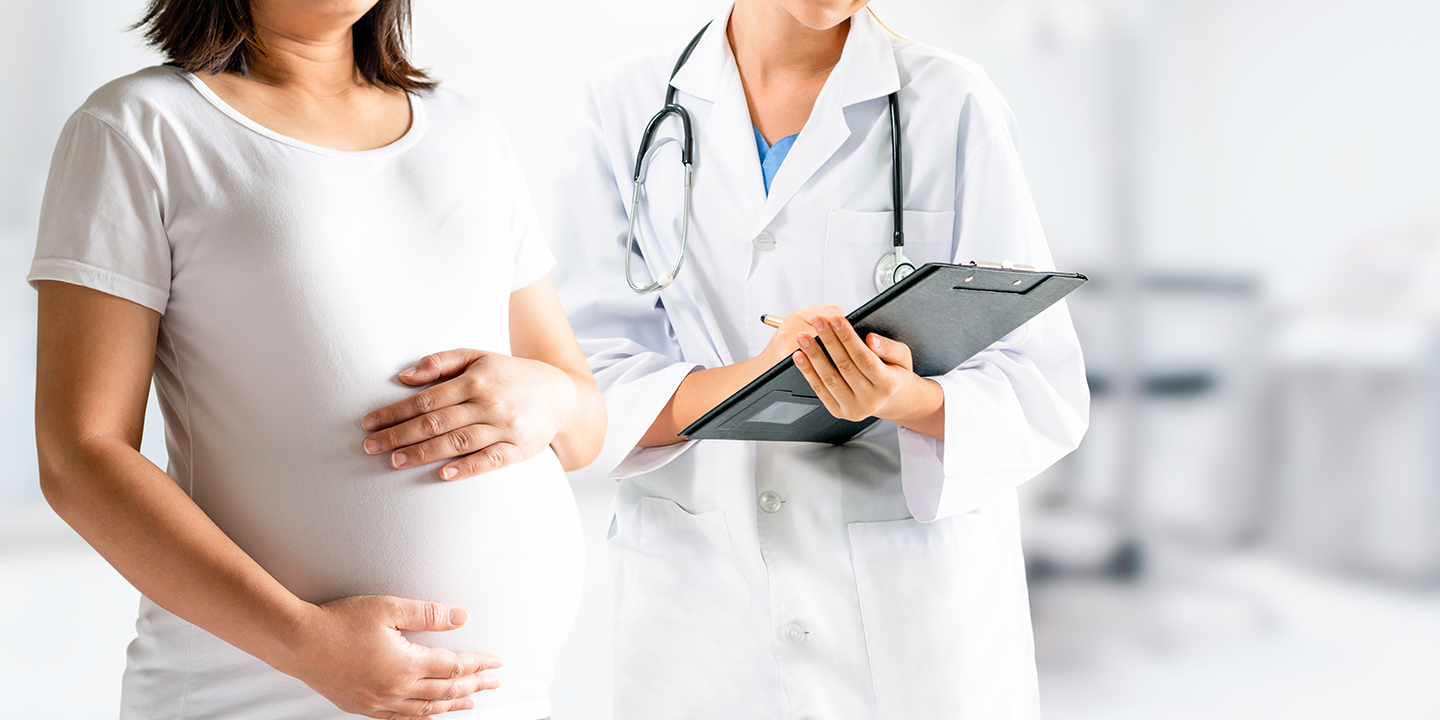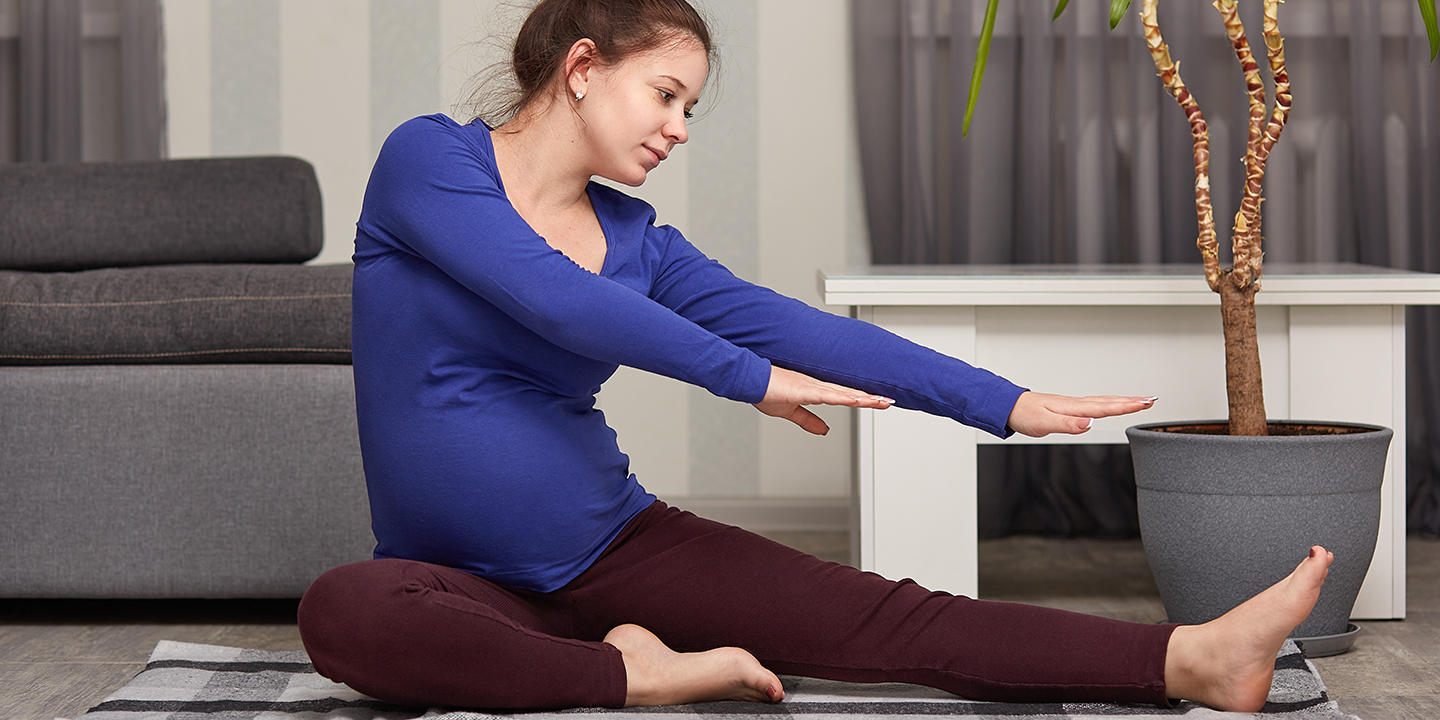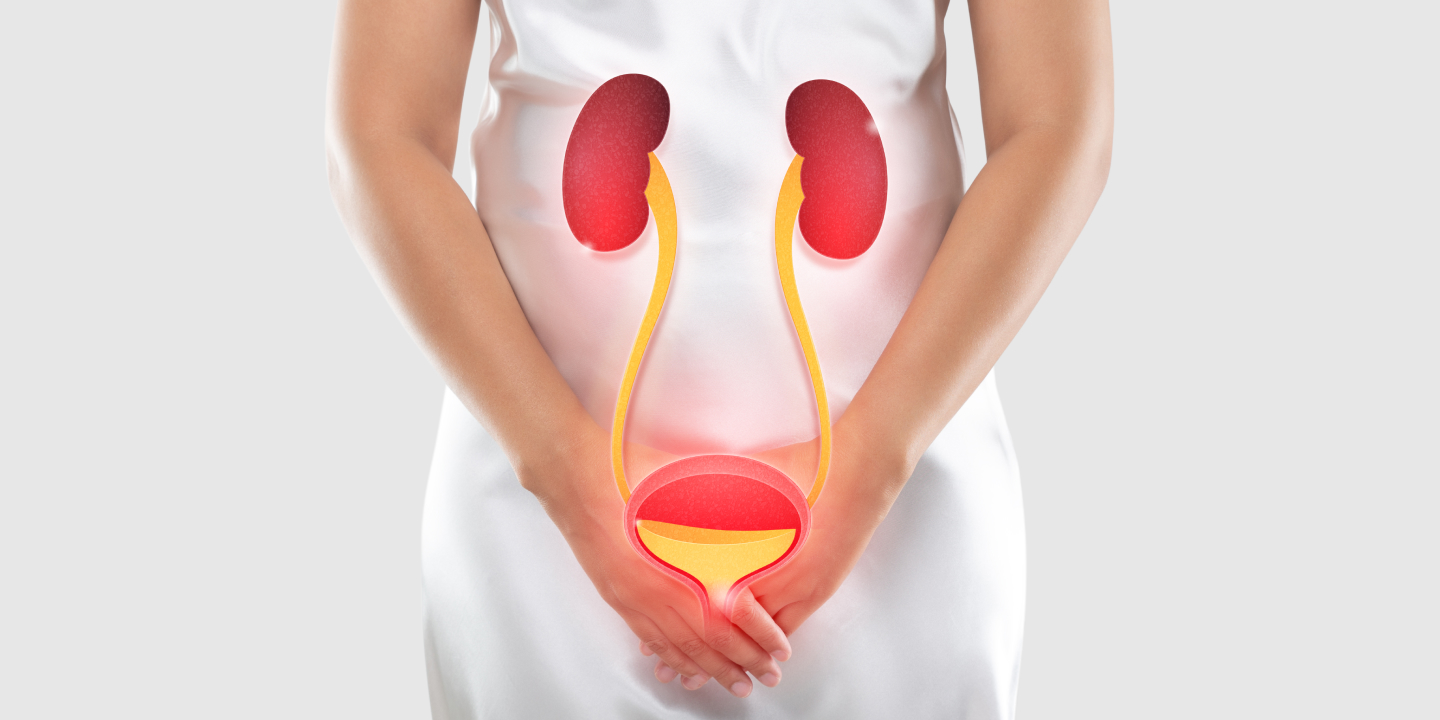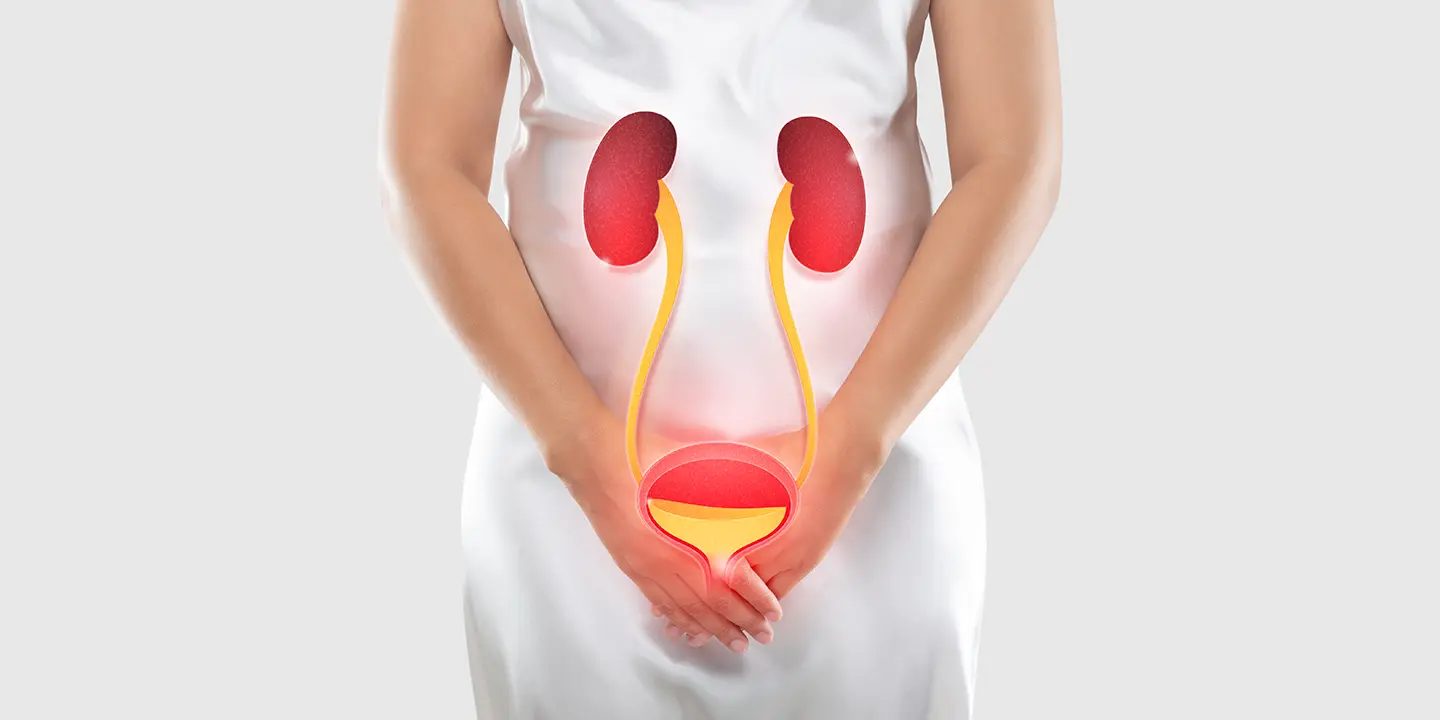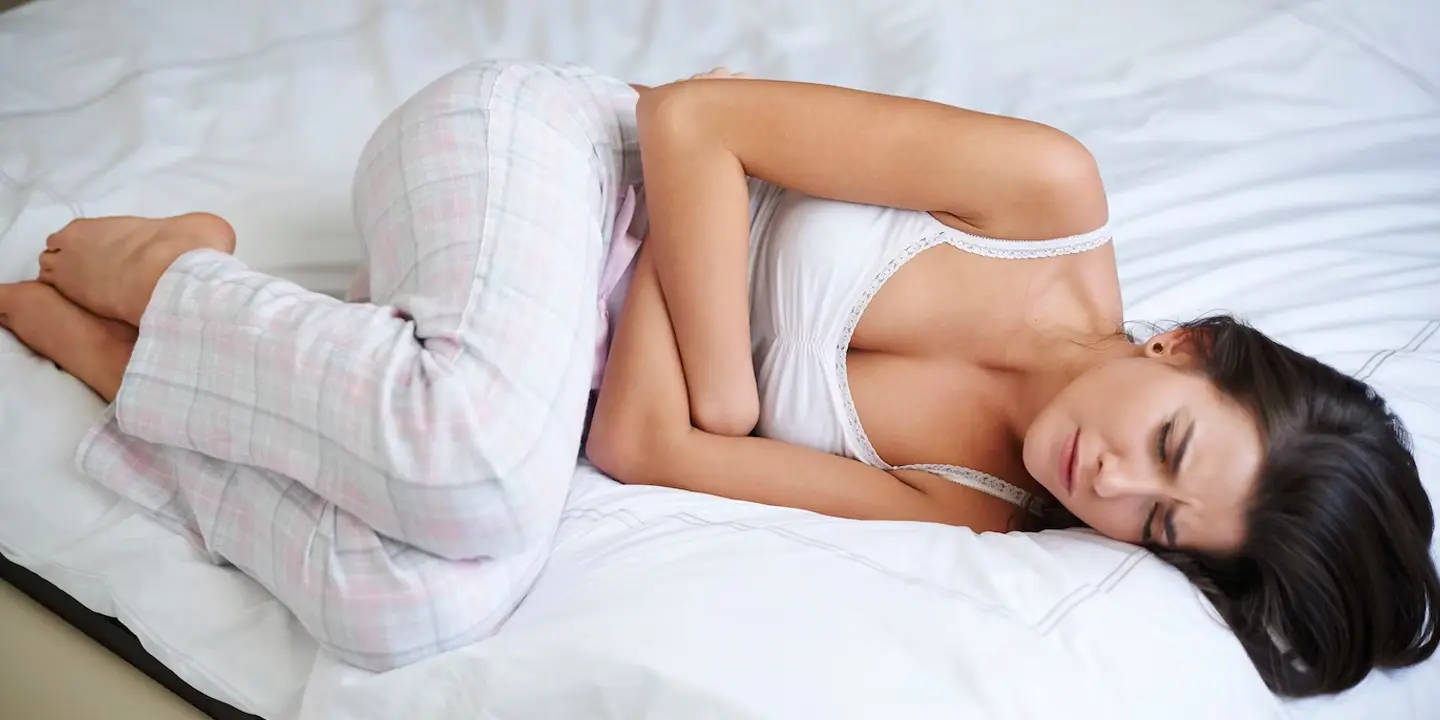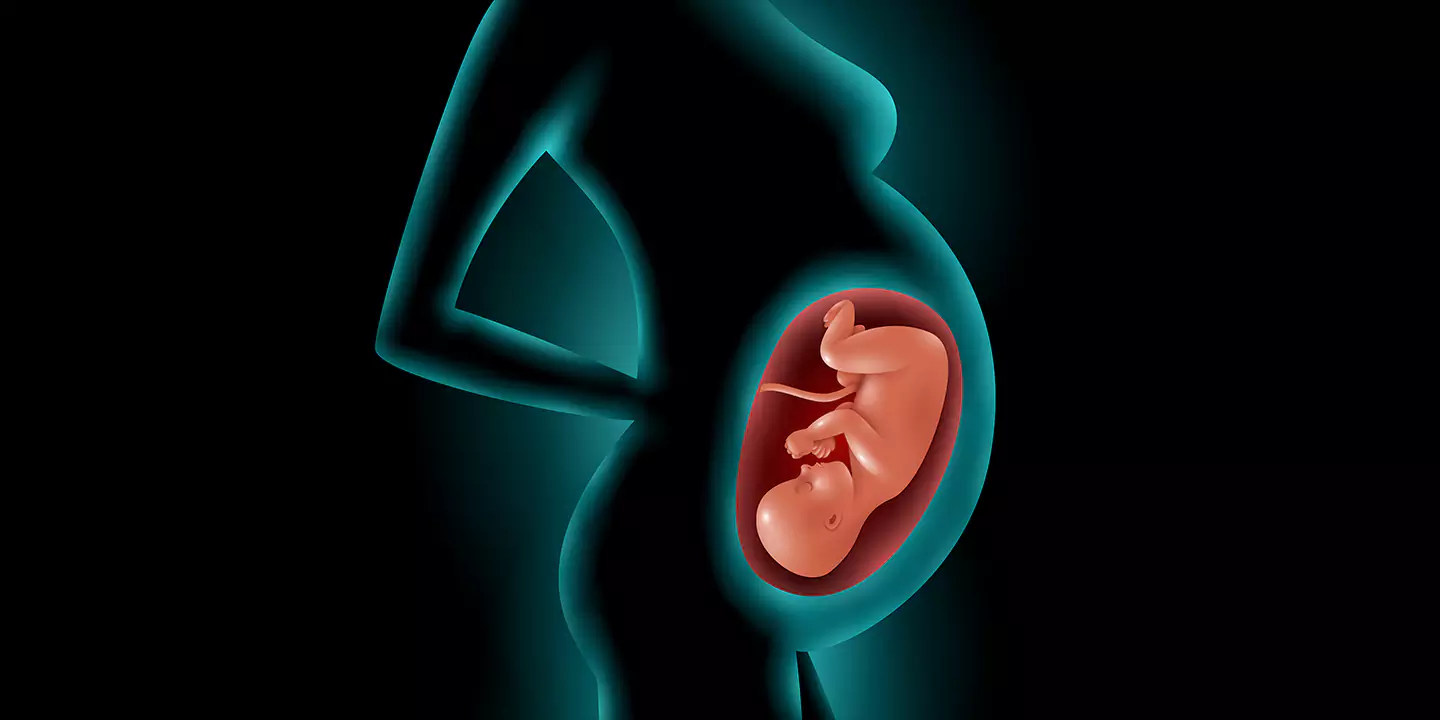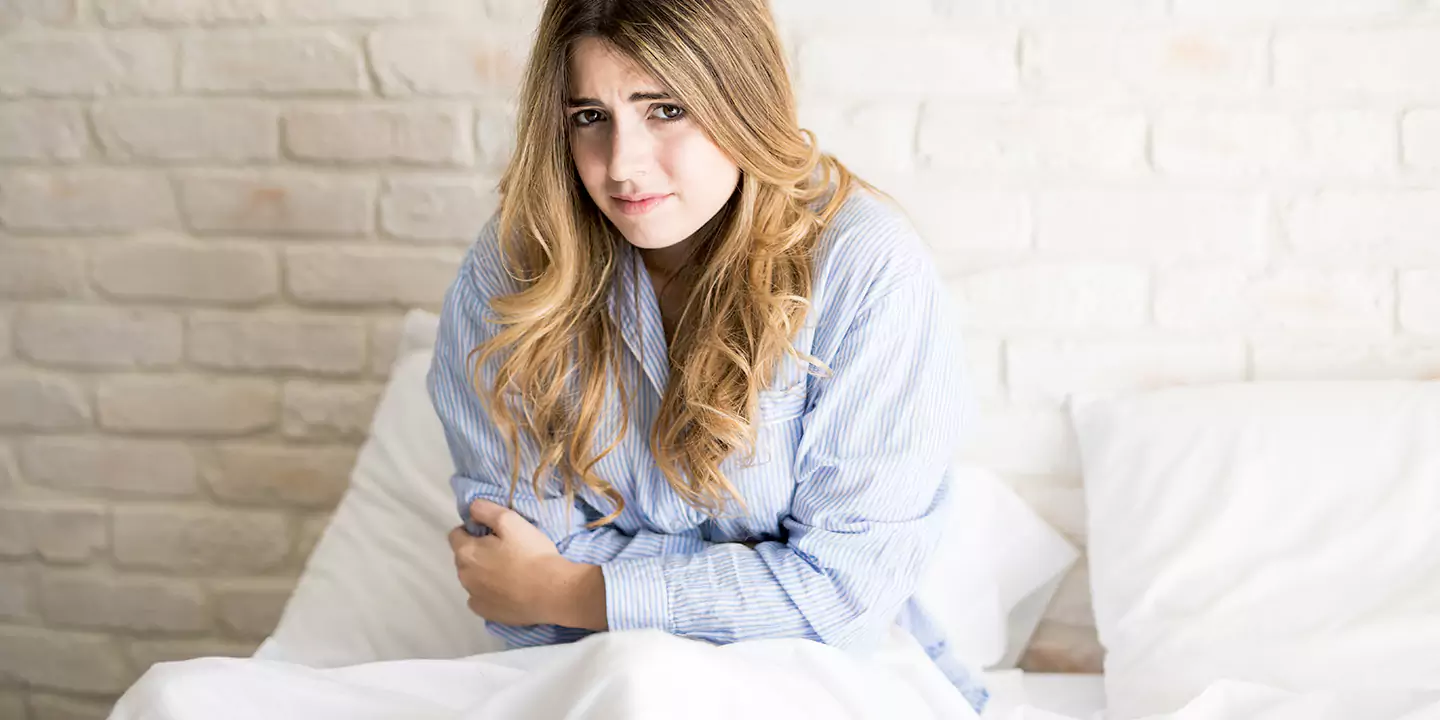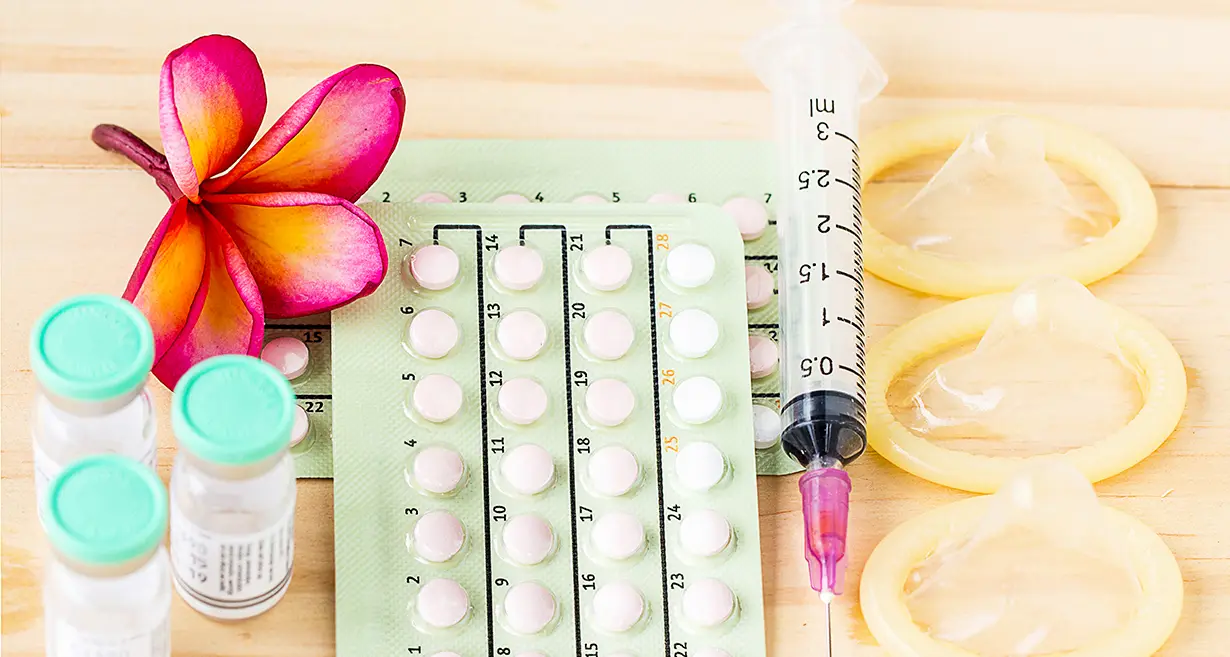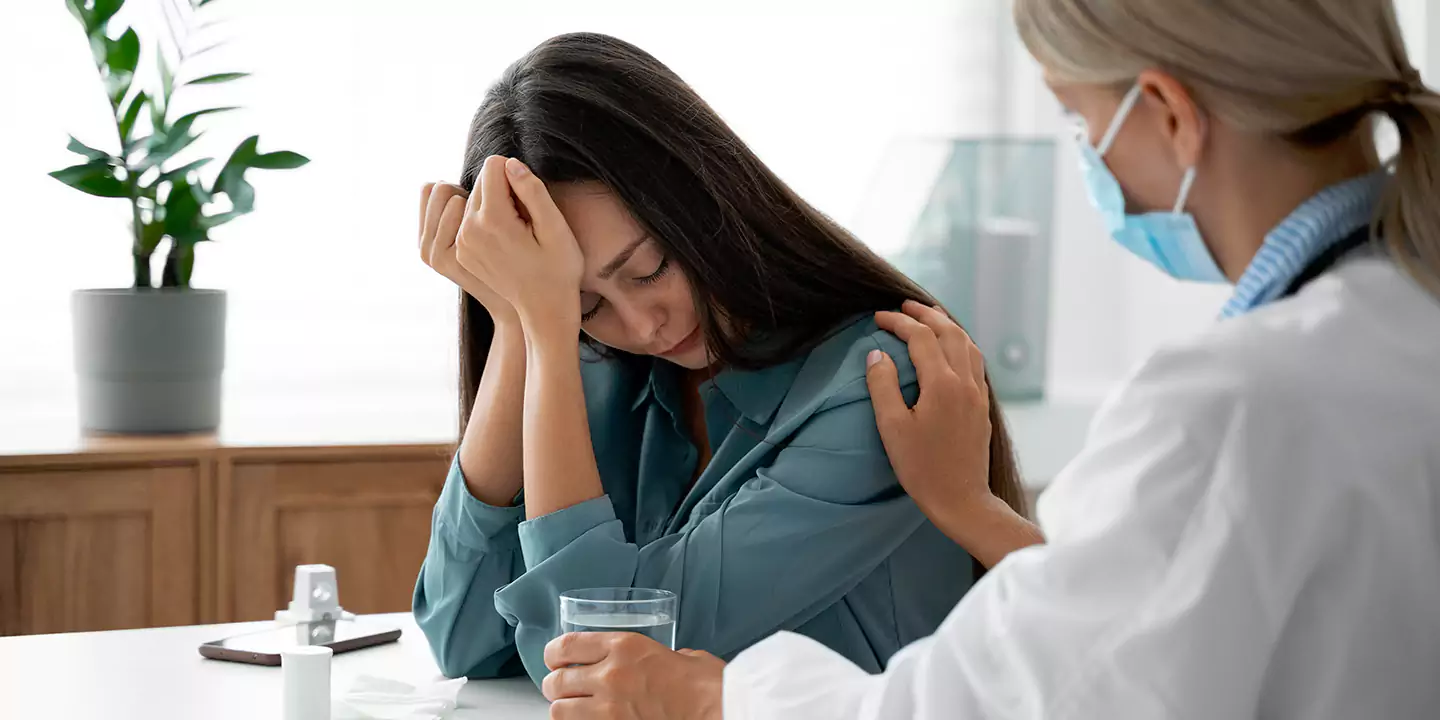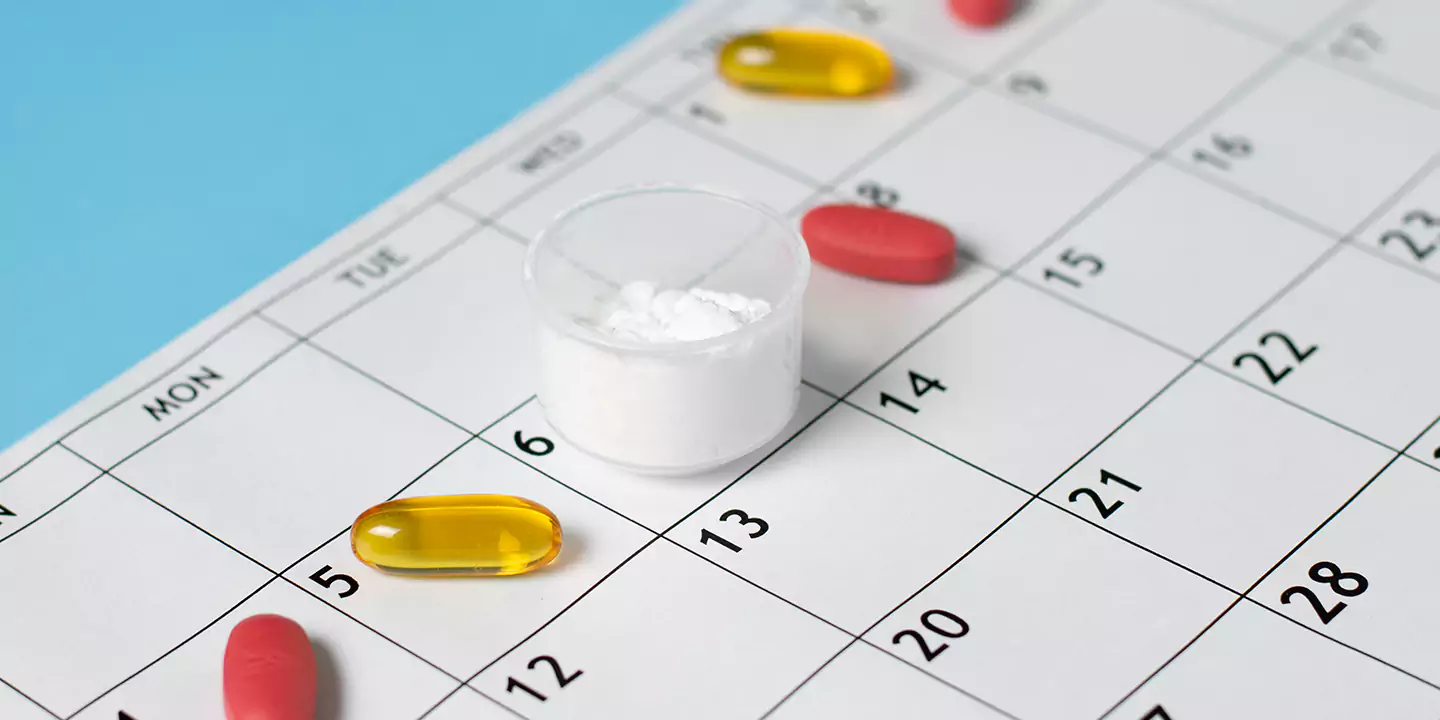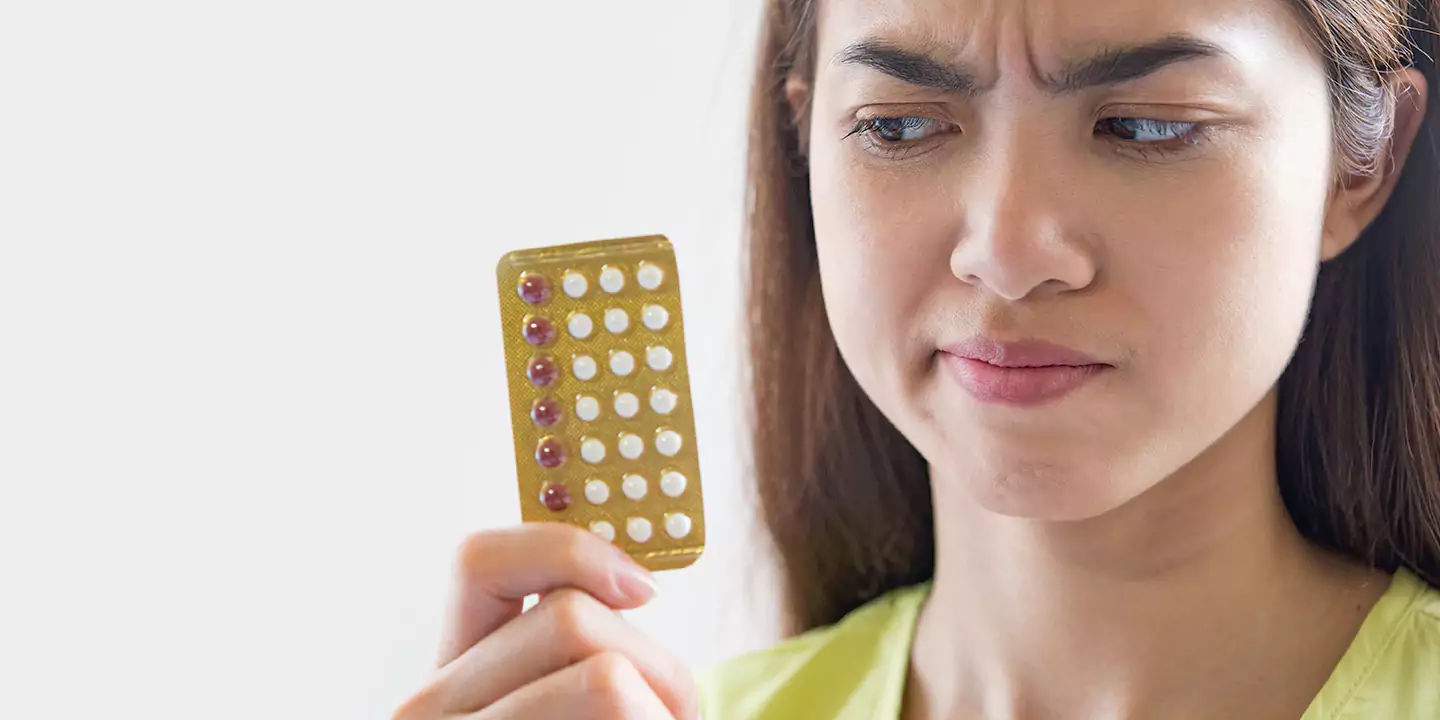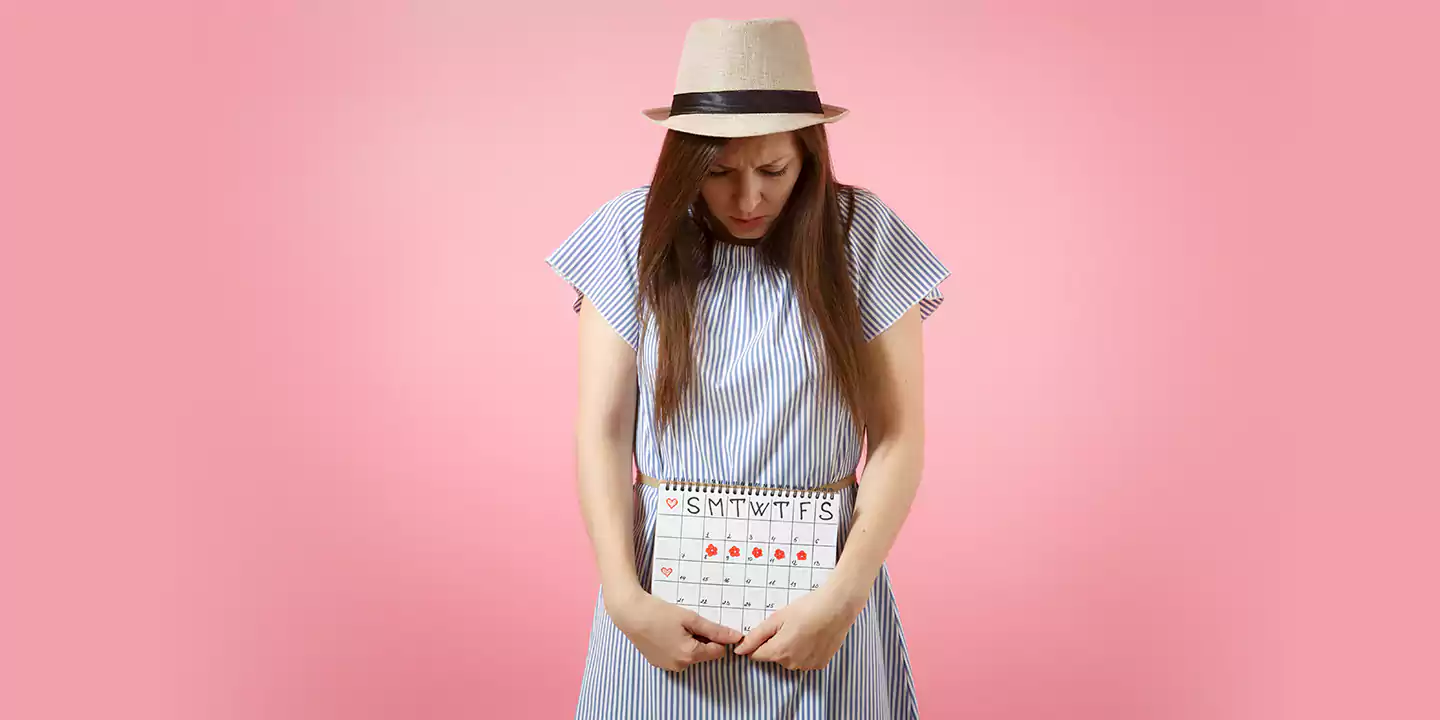
The time or age when a person’s reproductive organs start developing and the hormonal changes start happening in the body to make it ready for reproduction it is known as puberty. It’s a time of many changes for girls. Making your daughter’s transition from a girl to a woman with a positive experience can be achieved by helping her understand what is happening to her body.
How girls interpret their bodies and shifting emotions are influenced by school curricula, media, influencers, and conversations with friends. Knowing how to distinguish between reality and fiction is crucial. Talk to your daughter openly about the physical changes her body will go through before puberty officially begins.
And to help you with that, we bring this article to you where we talk all about female puberty, what are the signs of puberty, and the different stages of female puberty. We also talk about puberty symptoms and discuss early and late female puberty.
In this Article
What is puberty?
Your child’s body starts to change and develop during puberty as they approach maturity. Your child is going through the bodily changes necessary to reach sexual maturity and become able for sexual reproduction in this period of their development. The advancement of bodily changes during puberty follows a clear route. More often than not, the emotional changes associated with puberty aren’t as rapid as the physical ones. Each child’s puberty begins and ends at a distinct age for physical and emotional changes. The signs of puberty are triggered by the special hormones which are produced and released during this period.
Causes of Puberty
When the hypothalamus in your child’s brain starts manufacturing the hormone gonadotropin-releasing hormone (GnRH), puberty begins. The pituitary gland receives GnRH from the hypothalamus and is located in another region of the brain. Luteinizing hormone (LH) and follicle-stimulating hormone (FSH) are two additional hormones that are released by the pituitary gland when GnRH is present.
These hormones circulate in the blood and get to the ovaries. The female sex hormone estrogen is released by the ovaries after LH and FSH awaken them from their dormant state. The bloodstream carries estrogen, which causes the many bodily changes linked with puberty in females. The female reproductive stage starts as the ovaries continue to produce estrogen. Both the youngsters and the parents can easily see the changes that occur during puberty.
When does puberty begin in girls?
When compared to a boy, the first sign of puberty in female will appear earlier as girls often start puberty two years sooner. Typically, for girls, the onset of puberty happens between the ages of 8 and 13. While the girl enters the middle years of adolescence, the stages of puberty and the corresponding changes frequently persist. The majority of the time, girls reach full puberty between the ages of 14 and 16.
Signs Of Puberty In Girls
These are some of the puberty symptoms that your girl may exhibit.
- The beginning of her menstrual cycle is the most important indicator.
- Breast development which is often the first sign of puberty in female occurs because the latent breast tissue inside the chest progressively grows larger.
- Rounded hips and a tummy from extra fat deposits in these areas.
- A sudden gain in height and weight brought on by a bone-growing growth spurt. Weight gain is correlated with both an increase in bone mass and fresh fat deposits on the body.
- There is a voice change. The girl’s voice gets deeper and sounds more like a woman’s.
- Change in body odor is attributable to the adrenal gland’s synthesis of hormones When a child reaches puberty, the gland changes, and more hormones are produced that have an impact on body odor.
- Increased perspiration as a result of elevated sweat gland activity. The female starts to perspire substantially more than before.
- Acne may result from sebaceous glands (oil glands) being stimulated to generate more sebum (oil) than usual by sex hormones.
- As hormones adjust the brain’s sleep and wake cycle, sleep patterns change. Even when she isn’t around TV or phones, you might find that your daughter stays up later.
- Mood and behavioral changes. The connections between the brain’s neurons have undergone full remodeling. The brain is stimulated by hormones to remodel itself. It may result in behavioral traits including irritability and poor judgment.
- Hair growth in the pubic and axillary regions.
Stages of Female Puberty
A number of internal changes take place gradually during various puberty stages.
Despite the fact that every person experiences puberty at a different time, the different stages of female puberty serve as a basic guide to physical growth. Here’s a female puberty chart to help you understand the changes in each stage.
| Puberty Stages in females | Age at the start | Noticeable changes |
| Stage 1 | After the 8th birthday | None |
| Stage 2 | From age 9–11 | Breasts start to bud; pubic hair appears |
| Stage 3 | After age 12 | Acne appears; armpit hair grows; height increases at its most rapid rate |
| Stage 4 | Around age 13 | First period arrives |
| Stage 5 | Around age 15 | Reproductive organs and genitals are fully developed |
Female puberty changes and impacts each area of the body, in a unique way, owing to pubertal hormones. Here are the physical changes the female undergoes during the different puberty stages.
Stage 1 – Breast Development
- Even before menarche, or the start of the menstrual cycle, breasts develop.
- Breast development or thelarche starts when fat starts to accumulate around the nipples to produce the first stages of breasts, known as breast buds.
Stage 2 – Development Of Pubic Hair
- Pubarche, is the stage of pubic hair development when the hair starts to appear. In 10-15% of girls, pubic hair will appear before breasts do.
- The pubic hair grows softly and straight at first. However, pubic hair can get coarser, curlier, darker, and denser during the years of puberty.
- The folds of skin that surround the vagina, known as the labia, are where pubic hair first appears. The hair gradually begins to cover the lower abdomen. Over time, the skin around the genitals will be covered by more hair. The pubic hair will have a distinctive inverted triangular cover towards the conclusion of puberty.
- Usually, the first pubic hair appears at the same time as the hair on the legs and arms. Girls frequently notice some tiny stray hairs near the nipple.
- The pubic hair will spread to the inner thighs four years after the onset of the first signs of puberty.
Stage 3 – Physical Development
- Many areas of the body, particularly the hips, begin to accumulate fat. Greater hip width than waist is observed.
- The upper back, upper arms, and thighs are additional areas where fat can accumulate.
- Both the weight and the height are rising quickly. During the course of puberty, girls may gain up to two to three inches in height each year.
Stage 4 – Genital Development
- The genital organs grow in size and shape. The vulva, which is the vagina’s outer layer, darkens.
- Girls may secrete a thick, whitish-yellow fluid termed leukorrhea from their vagina a few months before their first period. Physiologic leukorrhea refers to the flow of leukorrhea that occurs prior to the first period and is produced by glands within the vaginal wall. The fluid aids in restoring the chemical equilibrium in the vagina and serves as the body’s defense against pathogens.
- By the fourth year following the onset of puberty, the genitalia are fully grown.
Stage 5 – Menarche
- The menstrual cycle starts with the onset of menarche. About three to four years after the earliest indications of puberty, a girl experiences her first menstruation. Menarche often occurs at the age of 12 years.
- The first periods are typically brief, but they can sometimes be heavy and irregular, sometimes lasting months between them. Given that the menstrual cycle takes time to develop a rhythm, it is natural and of no concern.
Puberty rarely presents any issues, although occasionally there may be warning signs.
What if puberty comes on very early or late?
Puberty doesn’t happen to everyone at the same time. Precocious puberty refers to the early onset of changes in some girls. Other girls might not see changes until later, a condition known as delayed puberty.
Early (precocious) puberty: A few warning signs indicate unique development in females. These consist of
- Displaying puberty symptoms before turning eight.
- Body modifications happen swiftly.
- “Out of sequence” physical changes, including beginning periods before developing breasts
- A significant mismatch between the development of pubic hair and breast development (such as no pubic hair but fully developing breasts or vice versa).
Inform your child’s healthcare professional if any of these occur.
Simple tests, like the ones below, can assist identify the cause of precocious puberty:
- It’s possible that the pituitary gland “switched on” the hormones too early.
- There could be a tumor growing somewhere, even on the adrenal gland.
- It’s possible that your daughter was exposed to estrogen (through estrogen cream, for instance).
Your daughter’s progress may be simply observed by the healthcare practitioner for your kid, or she may be referred to a specialist for tests. An endocrinologist may recommend puberty blockers if necessary to delay puberty until the right moment. Puberty blockers are drugs that stop your child’s body from releasing the sex hormones responsible for puberty-related bodily changes.
Delayed puberty: It’s particularly important to talk to your daughter’s doctor if she begins puberty really late or doesn’t seem to be moving through it. She might simply be a late bloomer, especially if her mother was.
However, additional explanations include hormone issues or eating disorders. Your child may be referred to a specialist for testing and management if the healthcare practitioner for your child suspects an underlying issue.
Emotions and Female Puberty
Female puberty changes are not just physical as all girls experience emotional changes as well. As estrogen and progesterone cycle through their systems, some people are more affected than others.
Moodiness combined with social and academic expectations might lead to emotional outbursts and arguments with parents. You might believe that your once-sweet girl has turned mean. It’s worth giving her a safe place to “feel all her feels,” or communicate her emotions when you can see how her actions are affecting other people.
Provide a safe haven for her to explore her new identity and intervene anytime there are concerns about safety or morality. Avoid hovering over your child or acting like a “snowplow,” clearing all the stress from the way. It demonstrates your trust in her abilities to solve problems on her own that you let her make mistakes as long as they don’t endanger her life and let her learn from them.
Inform her doctor of your worries if you notice any indications of sadness, anxiety, or other mental health issues. In some cases, administering hormone therapy, such as birth control pills, might improve mood and reduce symptoms. Other times, she could require therapy or additional medications to assist with mood management, create coping mechanisms, and polish her strengths.
Frequently Asked Questions
1. How do I promote the concept of a healthy Body image for my daughter?
As your girl gets older, she may take more notice of how she looks. You may notice that during puberty she feels especially self-conscious and compares herself to others around her. You can choose this time to guide her that there is no ‘perfect body’ even if that is what advertisements and social media try to show us. Ask her to look at her family and family — and how they all look different from each other and everyone comes in different shapes and sizes.
2. How can I stay connected with my teen, as a parent?
If your teen is going through puberty, you may notice that they are trying to distance themselves from you. You can encourage them to take safe and encouraged steps toward independence because this is completely natural.
Talking to a teenage girl can be challenging if you are her parent or carer. But it’s crucial to let people know what will happen to her body before she gets her first period. Make time to discuss what a period is and the menstrual cycle in general. The best way to prepare is to explain the physical and emotional changes she will experience throughout her cycle.
3. Is weight increase a typical feature of adolescence?
Yes. It’s common for young people to put on weight as they get taller. Increasing levels of estrogen in the body also cause fat to accumulate in the hips and breasts, and as girls transition through puberty, the overall percentage of body fat rises. However, excessive weight gain during puberty may be a cause for concern. Remember that habits like exercise and healthy eating develop very early when thinking about a healthy lifestyle and weight gain. The same is true for the development of poor food preferences and excessive screen time. To learn how to incorporate healthy habits into your family’s daily routine, consult your pediatrician.
4. Why does she experience unexpected mood swings?
During puberty, sex hormones alter the brain in several ways. It has the power to alter how a girl feels about the people, places, and events around her. Make sure your daughter understands that behavioral changes are common, particularly just before her period starts. Additionally, reassure her that having mood swings does not make her a terrible person.
If it bothers her, she can concentrate on activities that make her feel better. Tell your young daughter that the impacts on her mood are just momentary in any case. She will gradually get more adept at handling it to the point when her mood is barely affected by her periods.
Conclusion
Puberty often begins in youngsters between the ages of 8 and 14. Puberty-related changes can be challenging. Many girls look forward to the chance to wear a bra for the first time or plan on having children in the future. All other changes, like your daughter’s first period (menstrual cycle) or physical changes (wider hips), can be unsettling.
Explain to your daughter how each stage of puberty will impact her emotionally and physically. Your child’s puberty can be both an exciting and difficult time. Your child might go through a lot of emotional changes in addition to physical ones.
If you have any concerns about your child’s development through puberty, reach out to us at Queen’s Gynecology. From any possible eating disorder to acne, or any other health issues that affect teenage girls, the team of doctors at Queen’s Gynecology can not only help smooth some of the bumps in your teenager’s life’s big transitions but can also evaluate your child and determine if they’re developing properly.

